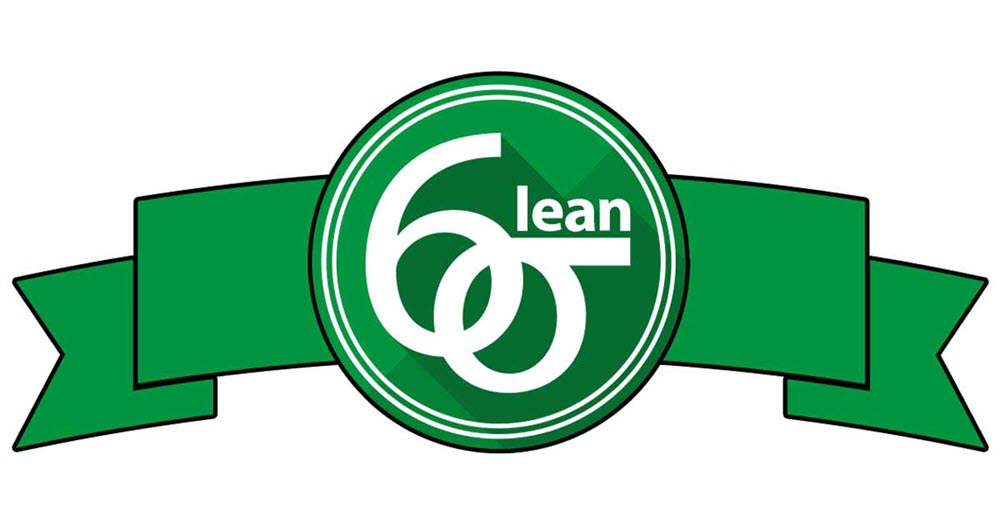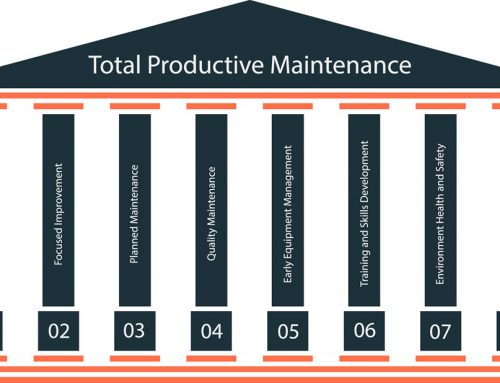Lean Six Sigma is a powerful methodology that combines the principles of Lean and Six Sigma to improve processes and eliminate defects in various industries. Within the framework of Lean Six Sigma, individuals with specific roles play a crucial part in driving improvement initiatives. One such role is that of a Lean Six Sigma Green Belt. In this article, we will dive into the definition, responsibilities, and significance of a Six Sigma Green Belt in the realm of process improvement.
Understanding Lean Six Sigma Green Belt
Defining the Role
A Lean Six Sigma Green Belt is an individual trained in the Lean Six Sigma methodology and armed with the tools to lead process improvement projects. The term “Green Belt” signifies a level of expertise, falling between Yellow Belts (who have a basic understanding of Lean Six Sigma principles) and Black Belts (who are highly skilled practitioners leading complex projects).
Key Responsibilities
A Green Belt is essentially a project manager who is well-versed in the DMAIC (Define, Measure, Analyze, Improve, Control) methodology, a core component of Lean Six Sigma. They act as a bridge between the team members working on the project and the higher-level leadership. Their responsibilities include data collection and analysis, identifying areas for improvement, and implementing changes to enhance processes.
The Importance of Lean Six Sigma Green Belt
Driving Efficiency with Lean Principles
Lean principles focus on the elimination of waste, streamlining processes, and delivering value to the customer. A green belt plays a pivotal role in integrating these principles into the improvement projects. By identifying and removing unnecessary steps or activities in a process, Green Belts contribute to efficiency gains and cost reductions.
Reducing Defects through Six Sigma Methodology
The Six Sigma methodology is centered around reducing variation and defects in processes. Green Belts, equipped with statistical tools, analyse data to identify the root causes of problems and implement solutions to eliminate defects. This meticulous approach ensures that processes are not only efficient but also highly reliable, meeting or exceeding customer expectations.
Lean Six Sigma Green Belt in Action
Executing Improvement Projects
One of the primary responsibilities of a Lean Six Sigma Green Belt is to lead improvement projects. These projects are typically focused on solving specific problems or enhancing particular processes within an organisation. Green Belts work closely with team members, applying Lean Six Sigma tools to define project goals, measure current performance, analyse data, and implement sustainable improvements.
Facilitating Cross-Functional Collaboration
Green Belts often find themselves working with individuals from different departments or teams. Their ability to facilitate collaboration among cross-functional teams is crucial for the success of improvement projects. Effective communication and collaboration ensure that all stakeholders are aligned with the project goals and contribute to the implementation of changes.
Continuous Monitoring and Control
Even after the implementation of improvements, a Lean Six Sigma Green Belt’s job is not complete. They are responsible for monitoring the process to ensure that the changes are effective and sustainable. The Control phase of DMAIC involves putting mechanisms in place to maintain the gains achieved. This includes creating standard operating procedures, implementing training programs, and establishing control charts to monitor ongoing performance.
Conclusion
A Six Sigma Green Belt is a key player in the world of process improvement. Their expertise lies in applying Lean and Six Sigma principles to drive efficiency, reduce defects, and lead improvement projects. By combining the best of both methodologies, Green Belts contribute significantly to organisational success. Whether they are streamlining manufacturing processes, improving customer service workflows, or optimising supply chain logistics, Lean Six Sigma Green Belts are at the forefront of creating positive change within their organisations. As businesses strive for continuous improvement, the role of the Lean Six Sigma Green Belt remains integral in navigating the path towards operational excellence.






